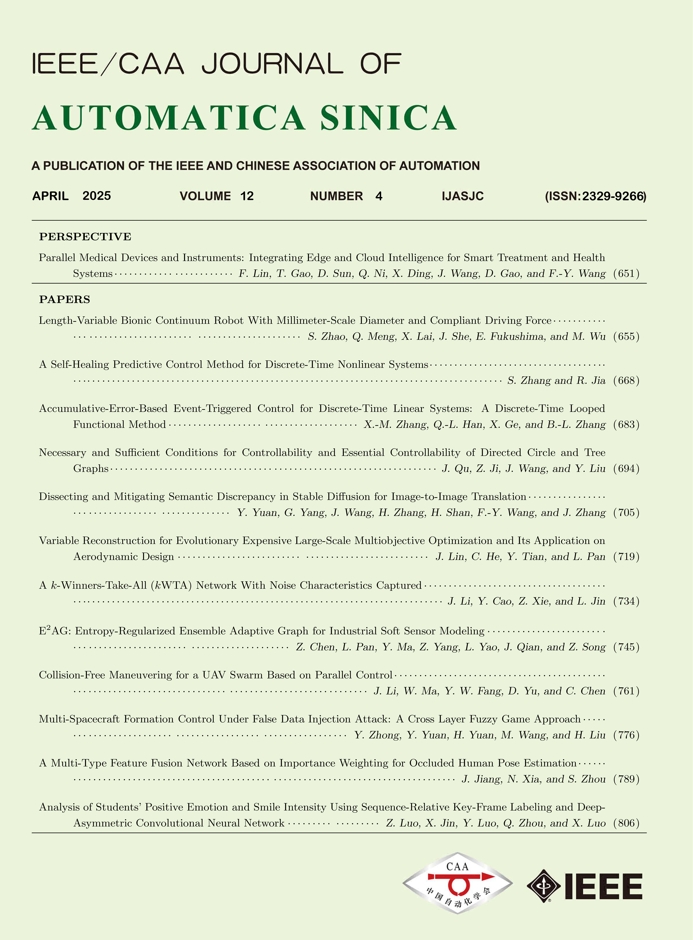Vol. 2, No. 3, 2015
Display Method:
2015, 2(3): 233-234.
Abstract:
2015, 2(3): 235-247.
Abstract:
2015, 2(3): 248-257.
Abstract:
2015, 2(3): 258-266.
Abstract:
2015, 2(3): 267-273.
Abstract:
2015, 2(3): 274-281.
Abstract:
2015, 2(3): 282-289.
Abstract:
2015, 2(3): 290-295.
Abstract:
2015, 2(3): 296-303.
Abstract:
2015, 2(3): 304-312.
Abstract:
2015, 2(3): 313-319.
Abstract:
2015, 2(3): 320-333.
Abstract:
2015, 2(3): 334-344.
Abstract:


 E-mail Alert
E-mail Alert


